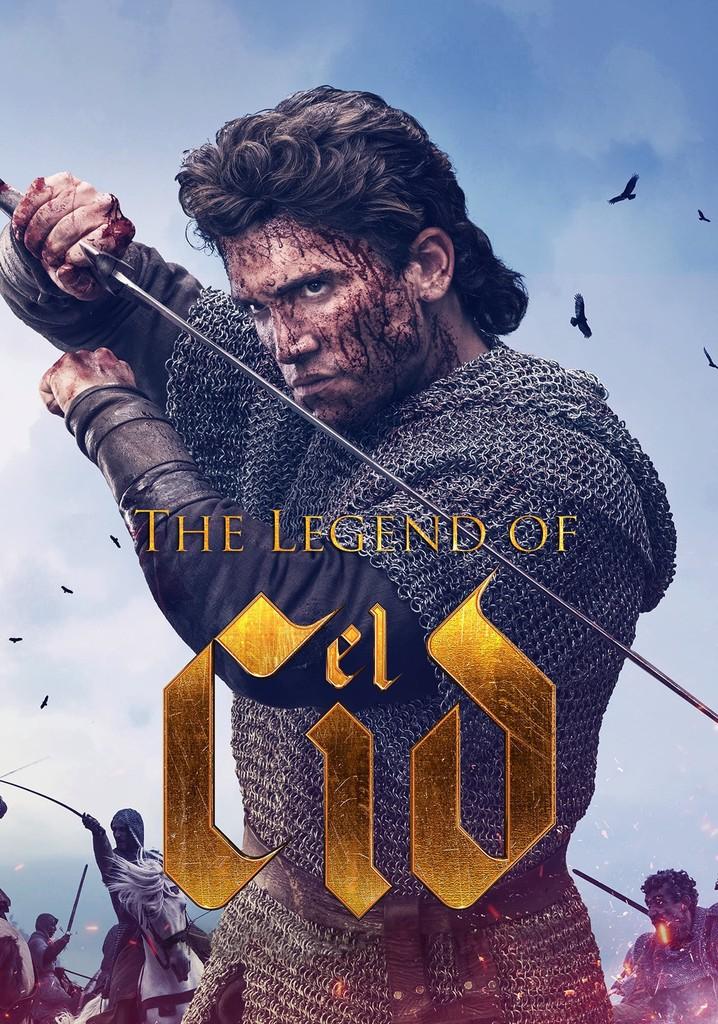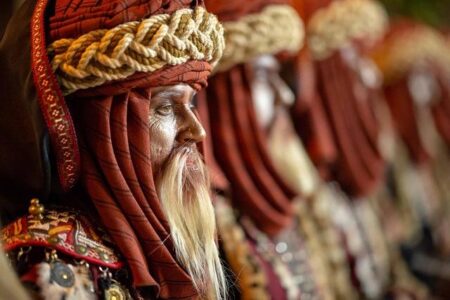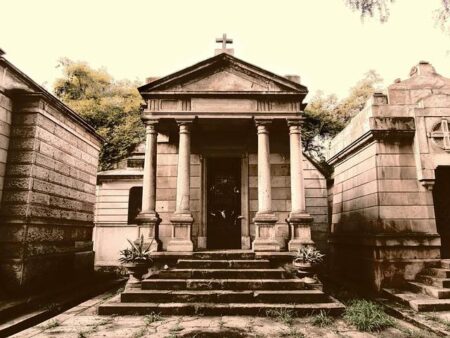A newly published biography of El Cid by a leading historian has reignited debate across Spain over the true legacy of the medieval warrior and national icon. Long celebrated as a heroic figure of the Reconquista, El Cid’s life and actions are now being reexamined in light of fresh research that challenges conventional narratives. The Times explores how this reassessment is stirring discussions about history, identity, and memory in contemporary Spain.
El Cid’s Historical Legacy Reevaluated Through New Biography
Recent scholarship challenges the traditional image of Rodrigo DĂaz de Vivar, popularly known as El Cid, shifting the narrative from myth to nuanced reality. The newly released biography, authored by prominent historian Dr. Alicia Marquez, dives into archives previously overlooked, unveiling fresh evidence about El Cid’s political maneuvering and alliances during the 11th century. Far from the unblemished Spanish hero celebrated in epic poems, the portrait emerging is one of a complex figure whose loyalties shifted between Christian and Moorish rulers to maintain power and influence.
Marquez’s work underscores key aspects that demand reconsideration:
- Revised military strategies: El Cid’s campaigns were as much diplomatic as combative, emphasizing negotiation over conquest in certain contexts.
- Contested identity: His role as a Christian knight coexisted with alliances that crossed religious boundaries, complicating nationalist interpretations.
- Legacy versus legend: The biography suggests many popular tales about El Cid were later embellishments with political motivations during Spain’s Reconquista era.
| Aspect | Traditional View | New Findings |
|---|---|---|
| Religious Loyalty | Unwavering Christian champion | Flexible alliances including Muslim rulers |
| Military Tactics | Heroic battlefield victories | Combination of diplomacy and warfare |
| Historical Sources | Epic poems and folklore | Archival documents and correspondence |
Controversy Erupts Over National Identity and Medieval Heroism
Recent revelations from the new biography of El Cid have ignited a fierce debate across Spain’s academic and cultural circles. Traditionally celebrated as a unifying Christian hero who epitomized honor and chivalry during the Reconquista, this latest portrayal complicates the narrative by highlighting his alliances with Muslim rulers and questioning the extent of his loyalty to the emerging Spanish nation. Critics argue that this nuanced perspective threatens a longstanding national myth, while supporters claim it reflects a more accurate, multifaceted medieval reality.
The controversy has sparked public discourse on identity and historical memory, bringing to the forefront sensitive questions such as:
- How should historical figures be celebrated when their actions defy modern nationalist interpretations?
- Does the reinterpretation of El Cid undermine Spain’s collective heritage or enrich it with complexity?
- What role should historians play in shaping national identity through their work?
| Aspect | Traditional View | New Perspective |
|---|---|---|
| Allegiance | Christian King of Castile | Served Muslim Taifa rulers strategically |
| Heroism | Champion of the Reconquista | Complex figure navigating shifting loyalties |
| Legacy Impact | National symbol of unity and strength | |
| Legacy Impact | National symbol of unity and strength | Represents the complexities of medieval politics and identity |
This evolving narrative invites us to rethink how historical heroes are framed within national stories, reminding us that the past is often more intricate than the myths that survive. As debates continue, it becomes clear that history is not static but an ongoing dialogue between evidence, interpretation, and collective memory.
If you’d like, I can also help expand on the controversy or suggest ways to present this content differently.
Experts Call for Balanced Debate on El Cid’s Cultural Impact and Mythology
The recent biography of El Cid by leading historian Dr. MarĂa LĂłpez has reignited discussions about the Spanish icon’s true legacy, urging scholars and the public alike to distinguish between historical facts and centuries-old myths. While El Cid, or Rodrigo DĂaz de Vivar, is celebrated as a unifying hero of medieval Spain, experts emphasize the necessity of a nuanced perspective that recognizes the complexities of his life and the political motivations behind his legend. Dr. LĂłpez argues that oversimplification risks overshadowing important aspects of the Reconquista period, advocating for a discourse that acknowledges both his military achievements and the controversies of his alliances.
Prominent historians from various institutions have outlined key areas for a balanced dialogue:
- Myth vs. Reality: Separating the literary glorification found in epic poems from documented historical events.
- Political Context: Understanding El Cid’s role within the factional power struggles of 11th-century Spain.
- Cultural Symbolism: Examining how El Cid’s image has been appropriated for nationalistic and cultural narratives over time.
| Aspect | Historical Insight | Mythological Element |
|---|---|---|
| Military Campaigns | Confirmed alliances with both Christian and Muslim leaders. | Depicted as an unyielding Christian crusader only. |
| Exile | Political exile due to shifting royal favor and rivalries. | Portrayed as a solely noble exile for justice. |
| Legacy | Complex legacy with regional influences. | Idealized national symbol of Spanish unity. |
Future Outlook
As the debate over El Cid’s legacy continues to unfold, historians and citizens alike grapple with the complexities of Spain’s medieval past. The new biography, shedding fresh light on the legendary figure’s life and times, challenges long-held narratives and invites a re-examination of national identity. Whether viewed as a heroic warrior or a controversial political actor, El Cid remains an enduring symbol whose story still resonates in Spain’s cultural and historical consciousness. The conversation sparked by this latest work ensures that his legacy will remain a subject of vibrant discussion for years to come.




